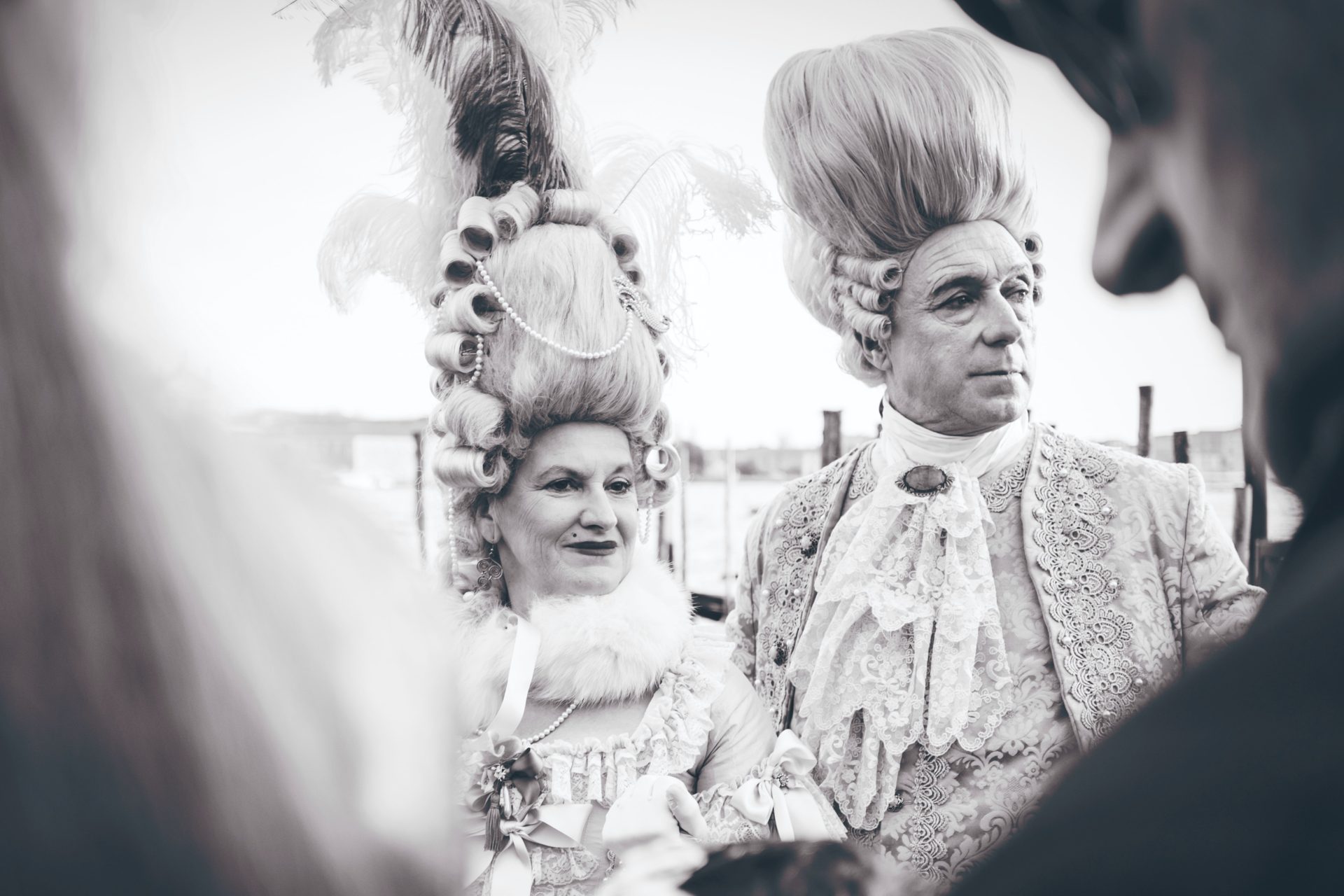Costumes for Your Roles in Life
In movies and television, costumes are one of the many tools directors have to tell a story. Costumes communicate the details of each character’s personality and situation to the audience and help actors transform into new, believable people on screen. Most important, audiences must believe that every person in a story had a life before the show begins.
Tobey Maguire, American actor and film producer, is best known for playing the title character in Sam Raimi’s Spider-Man trilogy (2002–2007). Maguire also had a lead role as the jockey John M. “Red” Pollard in the movie Seabiscuit (2003). In the DVD extras of Seabiscuit, Maguire states in an interview, “the costume must support the role.” I couldn’t agree more.
Your Performances
Just as in theater, as you prepare for your next professional or social event, you’re really getting ready for your next “performance.” What’s the appropriate “costume” for the “role” that you’re about to play? Who is your audience? What are you trying to communicate with them about? What do you want them to believe or understand about you?
Whether it’s going to your kid’s soccer game or delivering a keynote at a major conference, you need to dress appropriately for the role. What works in one situation will definitely not work in others! But you already know this as you ponder your closet before you head out the door. There must be purpose to your dress for it to support you, your success and your dreams.
Prime Example: Downton Abbey

Consider Downton Abbey, the British historical drama television series set in the early 20th century. It follows the lives of the Crawley family and their servants in the family’s Edwardian country manor. The program begins with the 1912 sinking of the Titanic. Without the costumes, none of these characters would have come to life as they did in this popular series.
From period correctness to supporting the characters’ personalities, the series costume designer, Anna Mary Scott Robbins, and her team faced a massive challenge: define a look for each character while also accurately showing how they changed as the world around them changed in the early decades of the century.
For example, Robbins compared Lady Mary (Michelle Dockery) with Lady Edith (Laura Carmichael).
“With Lady Mary, she’s super stylish, very cutting edge, but classic. I tended to use a lot of color-blocking the way
Lanvin or Chanel would. I think her colors are bold, very positive and strong. I wanted to make sure she looks like she belongs in every room she’s in at the time.”
Lady Edith “ is the only one of them that has an independent job. She’s a career woman. I think that she can be quite edgy and quite alternative, and she wears interesting colors. She (Laura) can wear a soft palette and a strong palette equally as well, so her wardrobe’s very varied.”

Photo Credit:
Photo Credit: MASTERPIECE – Sundays on PBS
The Psychology of Costumes
Costumes must reflect not only the era, time of day, climate, season, location and situation, but also the social status and/or occupation of the character. Costumes are cultural markers that immediately tell audiences something about what’s going on. (For example, compare a classic Western with a mid-1940s romantic comedy.)
During her keynote at the Association of Image Consultants International 2021 Global Conference, fashion psychologist Dr. Carolyn Mair reflected on the importance of appropriate costuming. She said, “Clothing makes a statement whether we want it to or not. Fashion, or getting dressed, is our second skin.”
Handled correctly, fashion, self and identity (i.e., your personal brand) can tie your mind and body together and support your efforts. Handled poorly, it can leave you feeling fragmented, out of control or lost.
When applying psychology to your fashion choices, context matters. You are appealing to others’ perceptions, beliefs and motivations when you’re trying to establish/maintain a social identity for yourself. Your daily “costumes” matter more than you can imagine in defining who you are as you move through the world. To position yourself wisely and skillfully, make a plan for wardrobing and appearance that supports you in all the “roles” you play in life.

